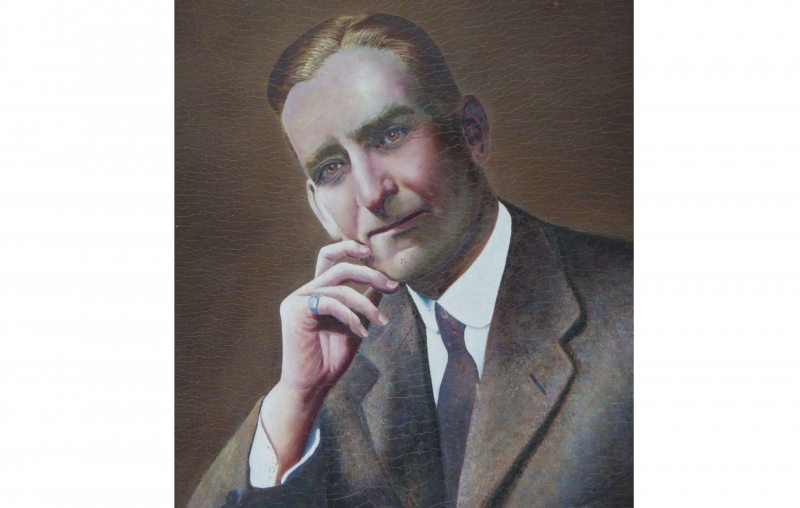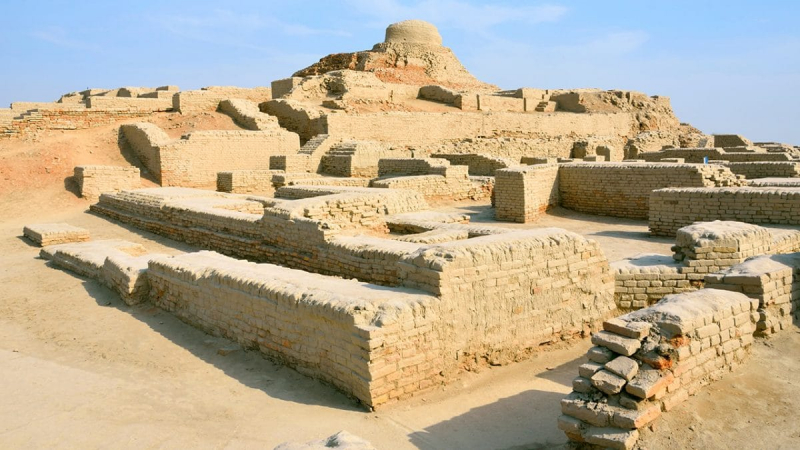The First Recorded Note of the Ruins of the Civilization Was Made By a British Army Deserter.
The finding of the Indus Valley Civilization (IVC) was initially documented in an 1842 book by James Lewis. Lewis was a British East India Company soldier who left the army and observed the ruins of an ancient civilization at a little hamlet called Harappa while wandering through the Punjab area of British India. The upper layer of the site had been damaged by brick looting by 1872. These firm, well-burned bricks were principally utilized by the British to construct a railway bed.
Though findings at Harappa were reported, actual excavations at Harappa did not begin until 1920, under the direction of John Marshall, the then-director of the Archaeological Survey of India (ASI). The Indus Valley Civilization was discovered as a result of these excavations. The Indus Valley Civilization is also known as the Harappan Civilization, according to the customary archaeological habit of calling a civilization after its first find-spot.












